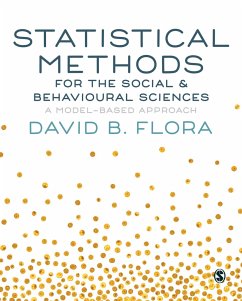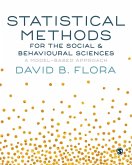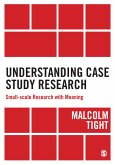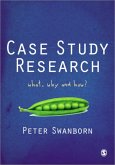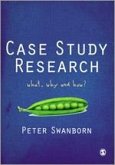Statistical methods in modern research increasingly entail developing, estimating and testing models for data. Rather than rigid methods of data analysis, the need today is for more flexible methods for modelling data.
In this logical, easy-to-follow and exceptionally clear book, David Flora provides a comprehensive survey of the major statistical procedures currently used. His innovative model-based approach teaches you how to:
Understand and choose the right statistical model to fit your data Match substantive theory and statistical models Apply statistical procedures hands-on, with example data analyses Develop and use graphs to understand data and fit models to data Work with statistical modeling principles using any software package Learn by applying, with input and output files for R, SAS, SPSS, and Mplus.
Statistical Methods for the Social and Behavioural Sciences: A Model Based Approach is the essential guide for those looking to extend their understanding of the principles of statistics, and begin using the right statistical modeling method for their own data. It is particularly suited to second or advanced courses in statistical methods across the social and behavioural sciences.
In this logical, easy-to-follow and exceptionally clear book, David Flora provides a comprehensive survey of the major statistical procedures currently used. His innovative model-based approach teaches you how to:
Understand and choose the right statistical model to fit your data Match substantive theory and statistical models Apply statistical procedures hands-on, with example data analyses Develop and use graphs to understand data and fit models to data Work with statistical modeling principles using any software package Learn by applying, with input and output files for R, SAS, SPSS, and Mplus.
Statistical Methods for the Social and Behavioural Sciences: A Model Based Approach is the essential guide for those looking to extend their understanding of the principles of statistics, and begin using the right statistical modeling method for their own data. It is particularly suited to second or advanced courses in statistical methods across the social and behavioural sciences.
David B. Flora`s textbook, Statistical Methods for the Social and Behavioural Sciences, is a welcome offering for instructors and students alike. Not only is it well written and accessible, one of its main strengths is its coverage of techniques. The book begins with a substantial overview of multiple regression, including an up to date presentation of moderation and mediation, and takes the reader through a broad array of techniques, including Factor Analysis, Multi-level Modeling, and Structural Equation Modeling. The selection of content for this textbook is a strength!
Dennis L Jackson
Dennis L Jackson

